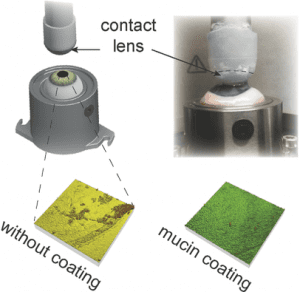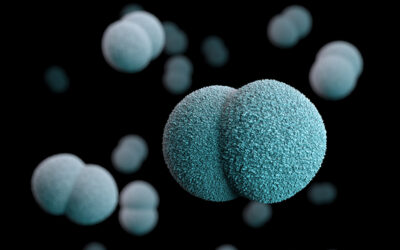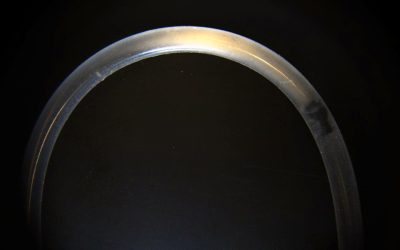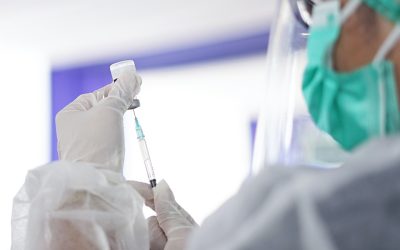The dry eye syndrome is one of the most frequent forms of ocular diseases especially among contact lens wearers. A stable and healthy tear film consists of three layers: the lipid layer, the aqueous layer, and the mucin layer that binds itself to the ocular surface. Mucins are large glycoproteins that act as molecular lubricants on the cornea surface. If this protective tear film is missing or damaged, increased friction and tissue damage lead to discomfort. The application of hyaluronic acid (HA) based eye drops, or artificial tears, to improve hydration and lubrication of the corona is a typical treatment of dry eye symptoms.

A potential alternative to HA-based lubricants is the gel-forming mucin MUG5AG which is a physiological component of the tear film. Sufficient amounts of MUG5AG can be obtained from the stomach mucus of pigs and if manually purified, these porcine gastric mucins (PGMs) are a good choice.
In their studies researchers from the Technical University of Munich and the Albert-Ludwigs-University Freiburg have successfully used PGM solution for protective cornea lubrication. They probed the friction behavior of corneal tissue with contact lenses. By measuring the cornea surface topology before and after such a tribological treatment, they demonstrate that PGMs prevent damage to this ocular tissue. Therefore, purified gastric mucins can be used as artificial tears and molecular coating for contact lenses. In practice, contact lens solutions could be enriched with PGMs that would adsorb on the contact lens material and form a protective layer or could be integrated into the bulk material of hydrogel-based contact lenses. Beyond that, several other possible applications of mucin additives or coatings at the interface of medical devices and soft, sensitive tissue would be conceivable.

















